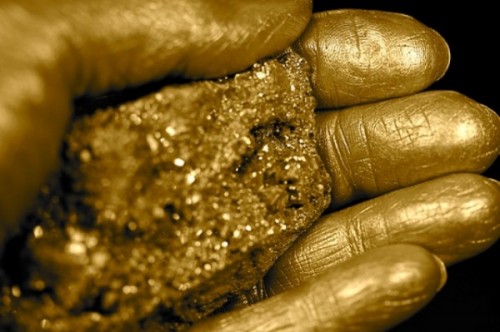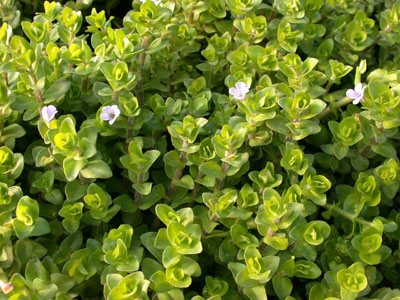Gold Nanoparticles Could Turn Street Trees into Street Lights!
Image courtesy pakrockerx.com
I was reminded of the story of King Midas when I heard about a new materials development by researchers in Taiwan led by Yen Hsun Su and colleagues at Academia Sinica in Taipei and the National Cheng Kung University in Tainan. The scientists are working to find a way to increase the efficiency of LED lights; to that end they’ve synthesized gold nanoparticles and implanted them into the leaves of the Bacopa caroliniana plant, “a perennial aquatic or semi-aquatic creeping herb commonly used as an aquarium plant” (Edwards) in order to induce bioluminescence.
Image courtesy www.oregonaquatics.com
Apparently “the green pigment in leaves, chlorophyll, is bioluminescent when exposed to high wavelength (400 nanometers (nm)) ultra violet excitation, but the wavelength is much shorter for the photoluminescence of gold nanoparticles, and they emit light at 400 nm” (Edwards). The team developed sea-urchin shaped gold nanoparticles, (dubbed nano-sea-urchins or NSUs), and were able to excite the chlorophyll in the Bacopa leaves to emit red light. Theoretically, the light produced by the leaves would in turn cause their chloroplasts to conduct photosynthesis, meaning that no additional energy source would be needed to power the process. In fact, the leaves would actually work overtime, absorbing CO2 at night when they would otherwise be … not doing that (Quick). It might be possible to develop street trees for cities that bioluminesce to light roadways.
Image courtesy www.inhabitat.com
Nano Sea Urchin image courtesy www.conf.ncku.edu.tw
According to Assistant Professor Shih-Hui Chang, “‘light emitting diode (LED) has replaced traditional light source in many display panels and street lights on the road. A lot of light emitting diode, especially white light emitting diode, uses phosphor powder to stimulate light of different wavelengths. However, phosphor powder is highly toxic and its price is expensive. As a result, Dr. Yen-Hsun Wu had the idea to discover a method which is less toxic to replace phosphor powder which can harm human bodies and cause environmental pollution. This is a major motivation for him to engage in the research at the first place'” (Quick).
Would I like to walk along a street under bioluminescent trees that are offsetting my carbon footprint while lighting my way? Yes. Do I think that there might be some unintended consequences relating to the implantation of gold nanoparticles into the leaves of plants, a la the story of king Midas? Absolutely. What do you think?
I am filing gold nanoparticles under metal and fire.
Cited:
Edwards, Lin. “Gold Nanoparticles that Make Leaves Glow in the Dark.” Physorg.com 11/11/10. Accessed 11/12/10. URL.
Quick, Darren. “Gold Nanoparticles turn Trees into Street Lights.” Gizmag.com 11/11/10. Accessed 11/12/10. URL.




















Leave a Wordpress Comment: